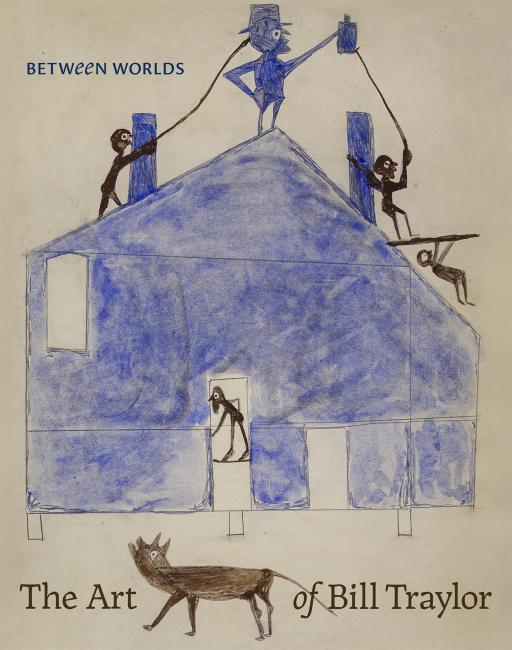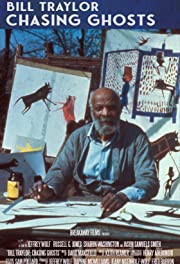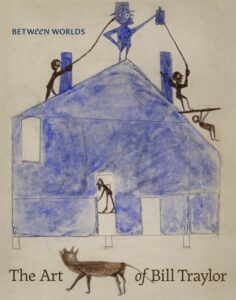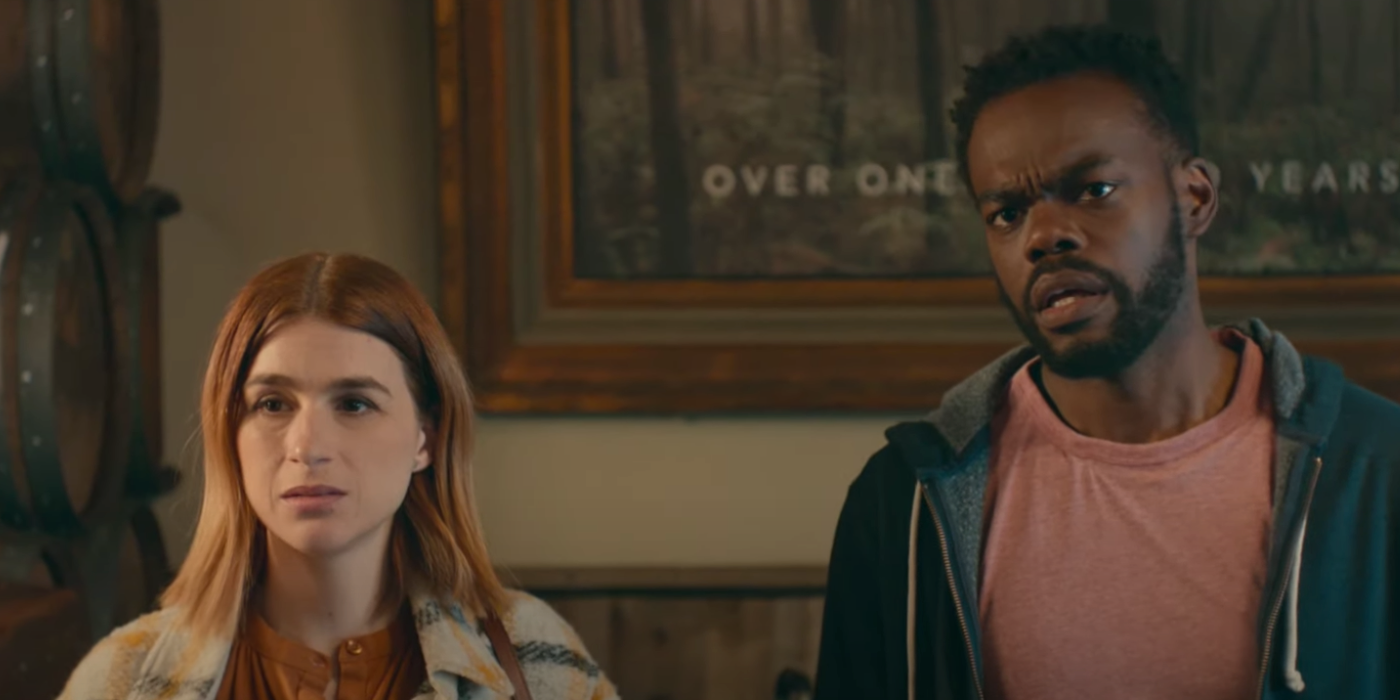Tom Clancy’s Without Remorse
Posted on April 29, 2021 at 5:34 pm
B| Lowest Recommended Age: | High School |
| Profanity: | Some strong language |
| Alcohol/ Drugs: | None |
| Violence/ Scariness: | Extended peril and action-style violence including shooting and fight scenes, many characters injured and killed, including assassinations and the murder of a pregnant woman |
| Diversity Issues: | Some references to historical abuse |
| Date Released to Theaters: | April 30, 2021 |

Let’s face it, that’s pretty much what we’re looking for here, and it delivers pretty much what we expect, unless you’re looking for the characters and events of the book, which is set in 1970 during the Vietnam war and differs in most of the details.
Nevertheless, the problem is that everything else is pretty much what we expect, very predictable given the author and the title. The focus is more on action and on creating a heroic franchise-worthy character than in making the story particularly compelling or credible.
Jordan plays John Kelly, a Navy SEAL we first see on a mission to rescue a hostage in Aleppo that does not go well. Later, he is at a party at his home, getting water for his wife, Pam (Lauren London), who is weeks from the due date for delivering their daughter. But the SEALS who participated in the Aleppo mission start getting murdered. They come for John, who is seriously wounded, and Pam is killed.
John’s first words when he regains consciousness in the hospital: “I just need a name.” Nothing matters to him anymore but destroying whoever it was who destroyed his life. He needs his former colleagues in the military and the CIA to help him get the information he needs. His equivalent of Liam Neeson’s “special set of skills” comment is in one of the movie’s best lines: “You need someone like me. And there is no one else like me.”
This story takes place in the TCCU, Tom Clancy Cinematic Universe, and John’s military contact is Karen Greer, niece of the Vice Admiral/Deputy CIA Chief played by James Earl Jones in the Jack Ryan movies. Unfortunately, the role is poorly cast, and the reserved delivery and statuesque beauty that made Jodie Turner-Smith so compelling in “Queen & Slim” does not work well for that character. In fairness, even Bell and Pearce fade into the background for much of their time on screen, partly because of their thinly written characters but mostly because Jordan is fierce and compelling and so fiery on screen you need someone with the pure star power of Tessa Thompson (“Creed”) or Chadwick Bozeman (“Black Panther”) to match him. Ideally, you’d want a script worthy of him, but for now, the action scenes will do.
Parents should know that this is an extremely intense and violent film with many scenes of military/spy peril and violence, including shoot-outs, fights, stabbing, fires, and drowning. A pregnant woman is murdered and many characters are injured and killed. There is also some strong language and social drinking.
Family discussion: How did John decide who he could trust? How did his training help him do what he wanted to do? When did he show his emotions?
If you like this, try: “Taken” and the John Wick movies

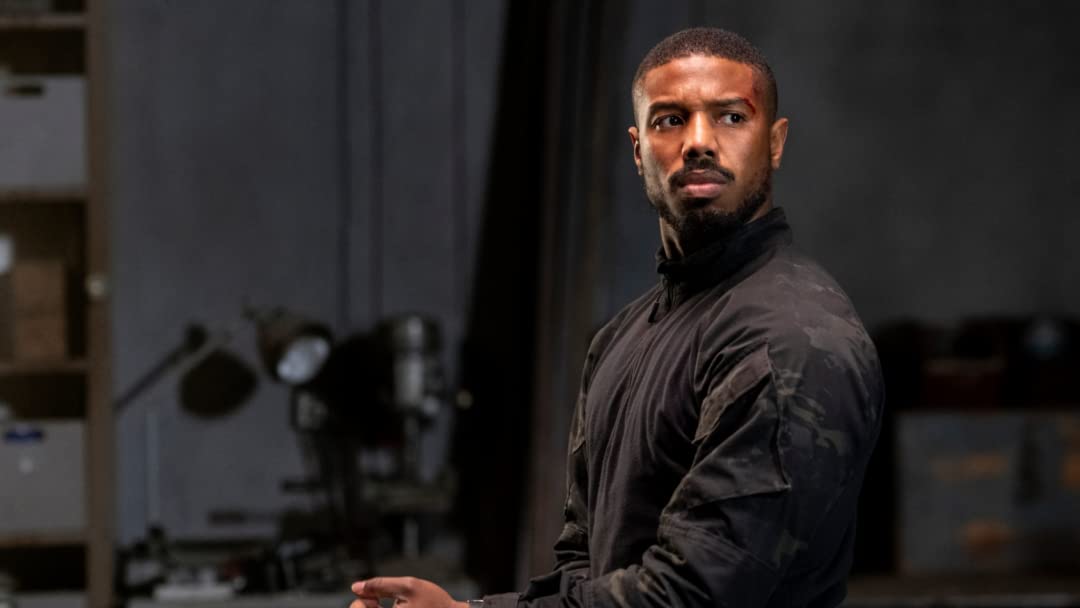

 It’s refreshing to see a movie for families that is not only exciting and delightful but one that acknowledges a crucial truth we usually pretend to ignore. And that truth is: families are weird. All of them. Yes, even yours. And there’s more: family weirdness is awesome and wonderful and, it turns out, exactly what we need to defeat the robot apocalypse, as well as any other daunting but less drastic challenges like everyday life.
It’s refreshing to see a movie for families that is not only exciting and delightful but one that acknowledges a crucial truth we usually pretend to ignore. And that truth is: families are weird. All of them. Yes, even yours. And there’s more: family weirdness is awesome and wonderful and, it turns out, exactly what we need to defeat the robot apocalypse, as well as any other daunting but less drastic challenges like everyday life.


